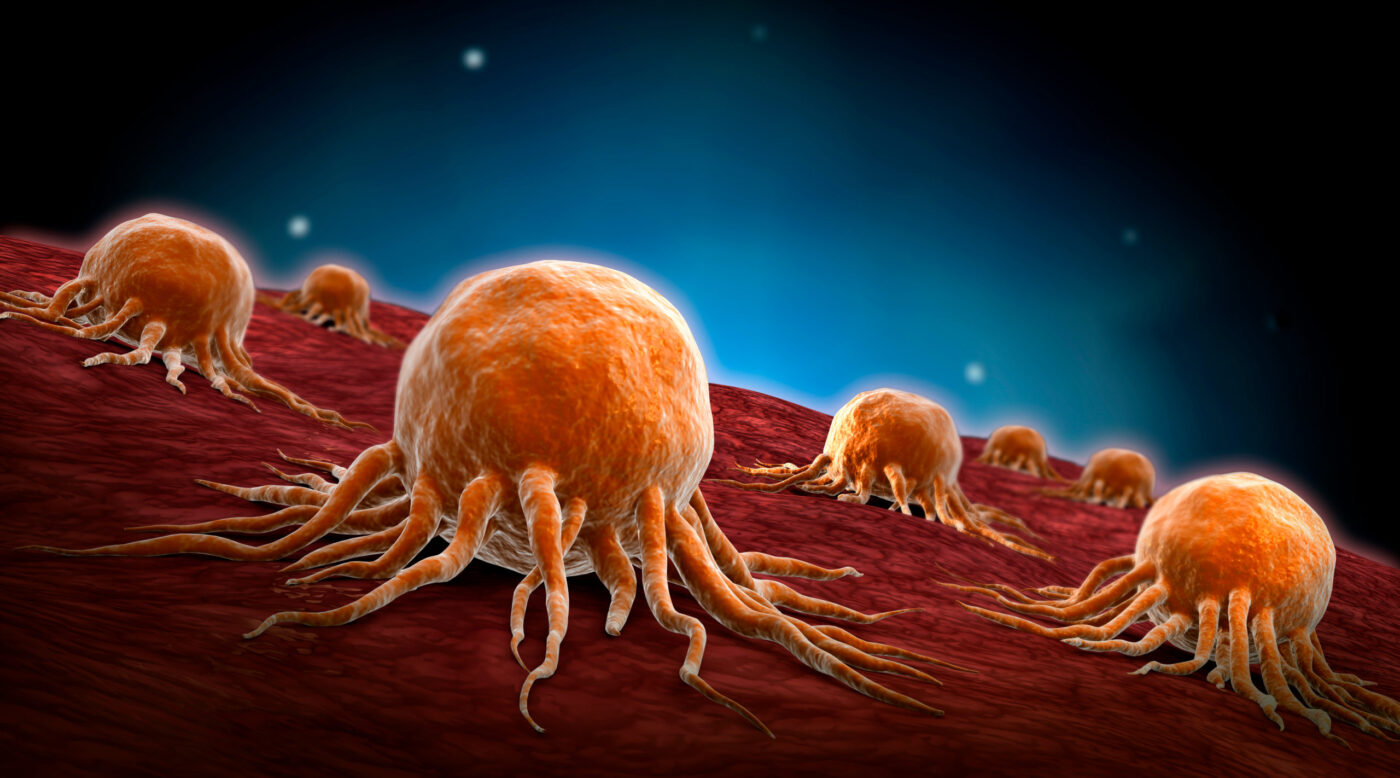Martin Pule spent his early life dismantling radios, computers, and other devices he got across, reassembling them in alternative approaches and pressing them into new offerings. Most of us are just pleased to encounter a device already disposed to work. Even allowing for childish curiosity speaks to a unique manner of conceptualizing the arena – as a collection of components that most effectively quickly constituted their contemporary bureaucracy.
War in the Blood (BBC Two) occurs when this kind of toddler grows up, becomes a physician, and turns that attitude towards the human body. “I realized that cells are machines you would possibly take a side, and the genetic code isn’t that distinct to laptop programs.” Now, he pioneered the CAR T-mobile remedy at the University College London’s Cancer Institute.
As he explains it to the viewer, with the unhurried simplicity of a person with the expertise to share and not anything to prove, this is the manner of taking leukemia-aleukemia-affectedor a donor’s T-cells (the mainstay of our immune systems; they hunt and kill cells infected with viruses) and placing into them a bit of DNA that teaches them to recognize most cancers cells, which they would in any other case forget about, and treat them with the same deadly pressure they do viruses. Then they return the T-cells to the affected person, and … nicely, you hope for the excellent.
These days, the remedy started segment-one trials – the primary assessments of human beings. The subjects have to be terminally sick sufferers who’ve run out of treatment options and are willing to undergo the intervention, understanding that, of the path, it could no longer paintings. So far, however, the studies suggest that the method might also, in the end, emerge as a treatment for all cancers.

The program follows two sufferers: middle-aged former navy man Graham Threader, who was recognized with leukemia in August 2015, and 18-12 months-old Mahmoud Kayiizi, who has relapsed with the equal sickness after several rounds of remedy and a bone marrow transplant. Mahmoud appears both more youthful and lots older than his years. “I simply need to stay,” he says from his sanatorium mattress with a bone-deep weariness. “It could be heartbreaking for my mum …” Graham may be treated with his brother’s donated cells, Mahmoud’s, and his personal, each weaponized in Dr. Pule’s laboratory and administered through a team led by Dr. Claire Roddie.
It is a movie about love, hope, and the tempering of both with realism. Doctors have to do it with sufferers, being cautious neither to stir up optimism with their information of the research coming out of the US (which has more records on the therapy than we do) or douse them with their appreciation of the way long any course to any remedy must be.
At one point, Mahmoud’s consultant, Dr. Ben Carpenter, mentions the chance of something, and his mom, Fatuma – her face vivid with desire and faith – says: “It’s no longer a risk. You are saving him.” The medical doctor pauses, balancing duty with care, kindness with honesty, professional ethics with human impulse. “There are exact dangers concerned,” he replies gently. “But we recognize the risks of no longer doing this are much better.”
Spouses need to guide spouses, as Melly does for Graham, reminding him to weigh his excellent lifestyle – and his own family’s – towards prolonged struggling inside the call of treatment, however pioneering. Sometimes, the ordinary dynamic reverses: patients must manual loved ones, and children must accomplish that for parents. After good initial results, Mahmoud suggested his mom be “too hasty.” He doesn’t want her to have fun too early. Much, a lot older than his years, then.
It becomes a movie that can do justice to all its parts in an hour and forty minutes. It twined them around each other immaculately, retaining the march of the days and the clinical results clean to the uninitiated viewer without losing sight of the intimacy among all and sundry involved or distancing the viewers from Graham or Mahmoud’s studies, which lay at the heart of the whole lot.
It did an especially quality process of honoring the twin perspective that exists in any scientific trial – the on-the-spot, patient-based consciousness on person treatment and effects using the administering medical doctors, and the detached, long-time period view the scientists growing the remedy should take – without letting the more certainly sympathetic former outweigh or diminish the latter. There become anguish and ecstasy by turns and limitless braveness from Graham and Mahmoud and the human beings that love them. Lives and cells were taken aside and returned collectively in extraordinary paperwork: godspeed, everybody.





